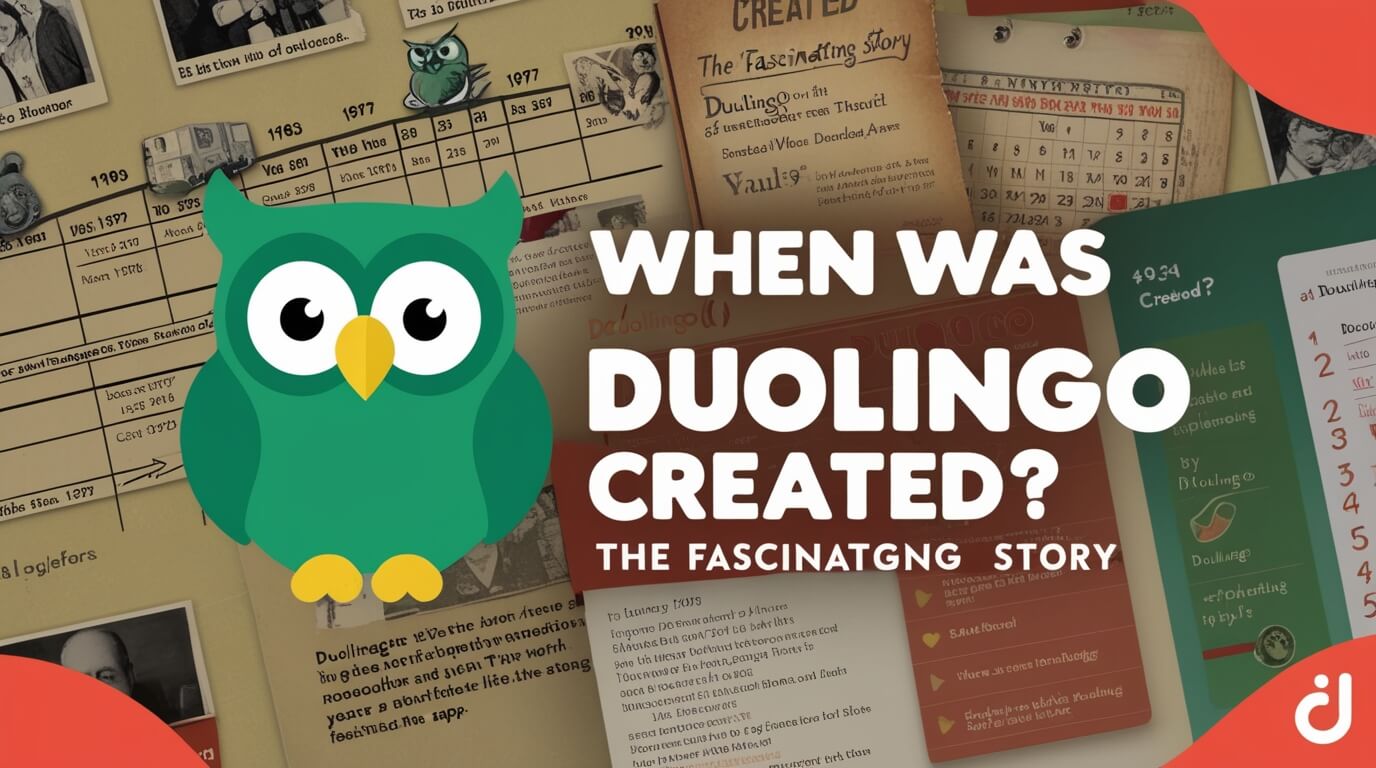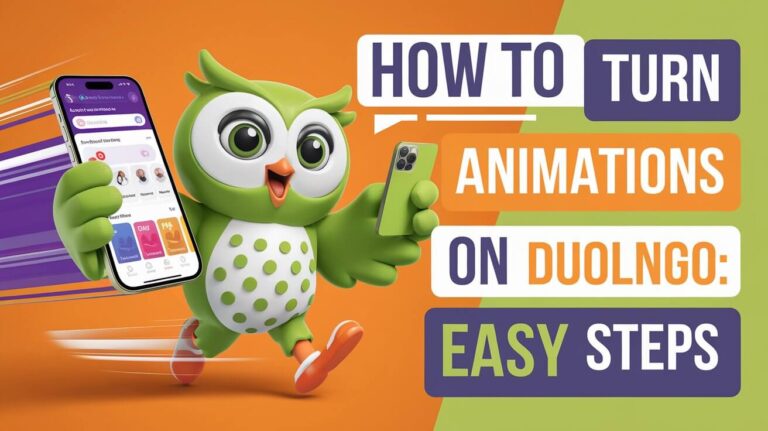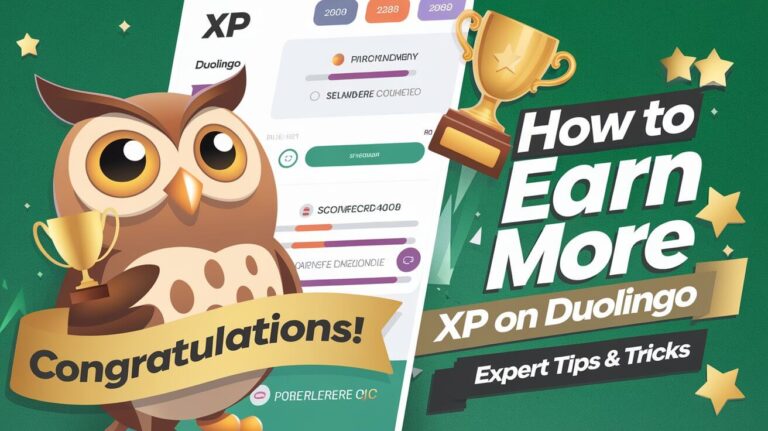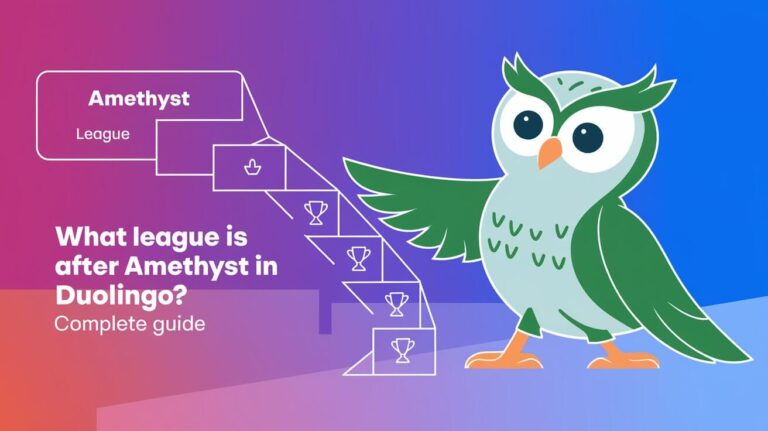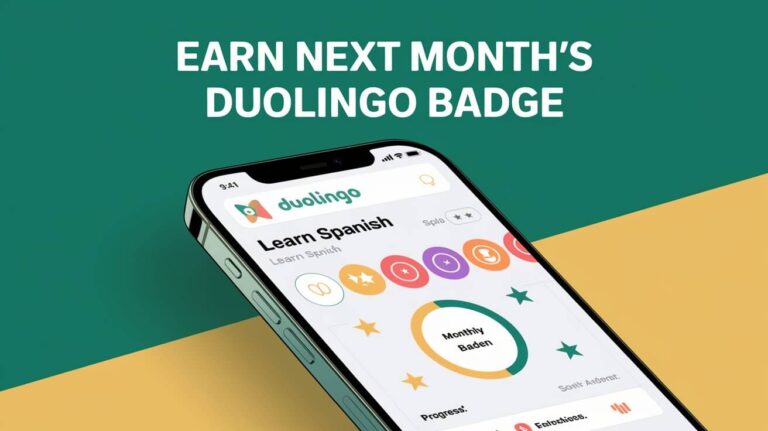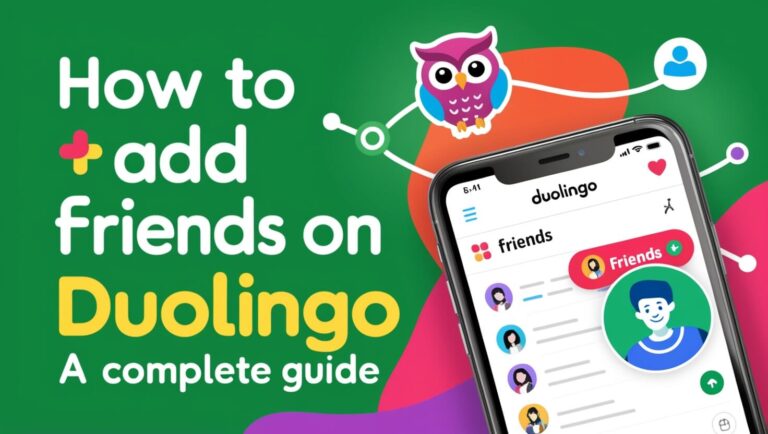Duolingo, the popular language learning app, was born in 2011. Its story is one of innovation and determination. Two friends, Luis von Ahn and Severin Hacker, had a big idea: make learning languages free and fun for everyone. They worked hard to turn this dream into reality.
The app quickly caught on, growing from a small project to a global hit. Millions of people now use Duolingo to learn new languages. But how did it all start? What inspired von Ahn and Hacker? What hurdles did they face?
This article digs into Duolingo’s beginnings. You’ll discover the spark that lit the fire and the steps that led to its success. Whether you’re a Duolingo fan or just curious about startups, you’ll find this story interesting. Let’s explore how a simple idea became a language learning revolution.
The Idea Behind Duolingo: Bridging the Language Learning Gap
The seeds of Duolingo were sown in the mind of Luis von Ahn, a computer science professor at Carnegie Mellon University and a renowned pioneer in the field of crowdsourcing and human computation. Von Ahn had a deep understanding of the barriers that often prevent people from learning new languages, stemming from his own experiences growing up in Guatemala.
“I saw how expensive it was for people in my community to learn English,” von Ahn recounted. This realization sparked an idea in his mind – what if there was a way to make language education accessible and affordable for people around the world?
Von Ahn teamed up with his Ph.D. student, Severin Hacker, to explore this concept further. Together, they envisioned a language learning platform that would be free, fun, and effective – a stark contrast to the costly and often tedious traditional methods.
The Early Days of Duolingo: From Idea to Inception
In 2011, von Ahn and Hacker officially founded Duolingo, with the goal of revolutionizing the way people learn languages. The initial funding for the project came from von Ahn’s MacArthur Fellowship and a grant from the National Science Foundation.
The duo considered creating Duolingo as a nonprofit organization, but von Ahn ultimately determined that a for-profit model would be more sustainable in the long run. This decision would ultimately shape the app’s development and growth strategy.
Duolingo’s early days were marked by a process of experimentation and pivoting. The founders initially conceived the app as a crowdsourced translation service, where users would translate passages as they learned a new language. However, this model proved challenging to execute, and by 2014, the team had abandoned the translation business altogether.
Expanding the Language Offerings: Duolingo’s Rapid Growth
With the translation service out of the picture, Duolingo focused its efforts on developing a robust and engaging language learning platform. The app’s early offerings included courses in popular languages like Spanish, French, and German, but the founders had ambitious plans to expand beyond the most commonly taught tongues.
Drawing on von Ahn’s expertise in crowdsourcing, Duolingo pioneered a unique approach to creating new language courses. The team enlisted the help of volunteer native speakers from around the world, who contributed vocabulary words, sentences, and cultural insights to build courses in lesser-known languages such as Hawaiian, Navajo, and Gaelic.
This crowdsourced model allowed Duolingo to quickly add new language offerings, ultimately expanding its roster to over 40 languages – a feat unmatched by its competitors. The app even introduced fictional language courses, like High Valyrian from the hit HBO series “Game of Thrones,” further solidifying its position as a trailblazer in the language learning space.
Introducing New Features and Revenue Streams
As Duolingo’s user base grew exponentially, the team recognized the need to diversify its revenue streams beyond the core free app. In 2016, they introduced the Duolingo English Test (DET), a lower-cost alternative to the traditional TOEFL exam used by international students applying to universities.
The DET aimed to increase accessibility to English proficiency testing by offering a remote, affordable, and efficient assessment option. While the test faced some initial criticism from language assessment experts, Duolingo continued to refine and improve the DET, ultimately gaining acceptance from hundreds of universities worldwide.
Duolingo introduced Super Duolingo, a paid subscription service. It removes ads and provides extra features for a monthly fee. This approach lets Duolingo keep its main app free while earning money from users who want a premium version.
Duolingo’s Influence on Language Learning
Duolingo’s rapid growth and widespread adoption have had a profound impact on the language learning landscape. The app’s innovative approach to gamification and bite-sized lessons have transformed the way people engage with and learn new languages.
“The moment I felt proudest was when I realized, Wow, the richest man in the world is using the same system as the lowest people on the economic scale,” said von Ahn, referring to the app’s ability to cater to both Bill Gates and Syrian refugees alike.
Duolingo’s success has also inspired a new generation of language learners, many of whom have discovered a newfound passion for mastering new languages through the app’s engaging and accessible format. The app’s social features, such as leaderboards and language “Leagues,” have fostered a vibrant community of users supporting and motivating one another on their language learning journeys.
Duolingo’s Future and Aspirations
As Duolingo continues to evolve and expand, the company’s ambitions extend far beyond its current offerings. Von Ahn and his team have set their sights on pushing the boundaries of what’s possible in language education, with plans to develop more challenging and comprehensive course materials that can help users attain professional-level proficiency.
“We want to get you to a level where you can get a job, even a high-paying job, using a language you learn on Duolingo,” von Ahn has stated.
To achieve this goal, Duolingo is exploring new features and tools that can supplement the core app experience, such as virtual conversation practice with other learners and integration with professional networking platforms. The company is also investing in the development of its own language assessment and certification programs, further solidifying its position as a one-stop-shop for language learners.
Conclusion
When Duolingo was first created in 2011, its founders had a bold vision: to make language education accessible, engaging, and effective for people around the world. Over the past decade, the app has not only achieved this goal but has also become a cultural phenomenon, redefining the way we approach language learning.
The story of Duolingo’s creation is a testament to the power of innovation, perseverance, and a deep understanding of user needs. From its humble beginnings as an experimental project at Carnegie Mellon University to its current status as the world’s most popular language learning platform, Duolingo’s journey has been marked by pivots, challenges, and a relentless pursuit of its mission.
As Duolingo continues to evolve and expand its offerings, its lasting legacy will be its ability to make language education accessible and engaging for people of all backgrounds, incomes, and skill levels. The app’s impact on language learning is undeniable, and its story serves as an inspiration for aspiring entrepreneurs and innovators alike.

